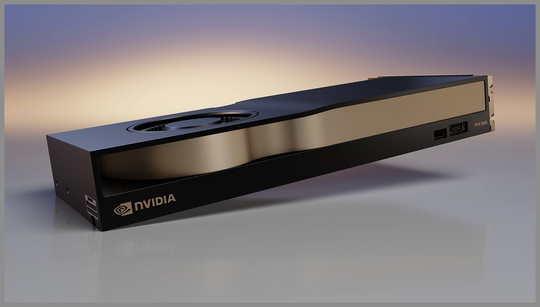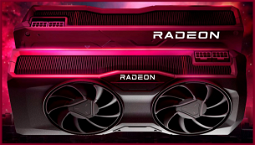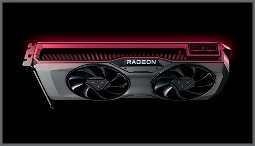Nvidia RTX 4000 20GB, RTX 4500 24GB, and RTX 5000 32GB: New High-Performance ProViz Graphics Cards
The Nvidia RTX 4000 20GB, RTX 4500 24GB, and RTX 5000 32GB are incoming, with the graphics specialists introducing three new high-performance professional graphics cards for workstations, alongside a server-grade board based on the latest Ada Lovelace architecture. The new cards offer improved performance and features over their predecessors, while the L40S is a new GPU for the data center market.
Previously codenamed ‘Project X’, the RTX 4000 20GB, RTX 4500 24GB, and RTX 5000 32GB are the latest additions to Nvidia’s ProViz family, which fully transitioned over to the new architecture earlier this year.
The RTX 4000 20GB replaces the previous SFF variant and offers higher performance for the same $1,250 (£1,250) price. The RTX 4500 24GB is a new model that improves on the previous 24GB model, with a dual-slot cooling system and will arrive in October for $2,250 (£2,250).
Finally, the RTX 5000 32GB is positioned below the flagship RTX 6000 and is priced at $4,000 (£4,000). The GPU is a new addition to the family, with AI ray tracing support and a new GPUShell interface that helps with management and monitoring.
Companies such as Boxx, Dell, HP, Lenovo, and Lambda are among those that will use the new graphics cards in upcoming workstations. Nvidia’s resellers, including Arrow and Ingram, will also offer the new boards from AIB suppliers such as Leadtek, PNY, and Ryoyo.
Nvidia L40S Ada Server GPU: The World's First Server-Class GPU with All-Active Cooling
The new Nvidia L40S Ada server GPU is also a notable addition, with the GPU manufacturer highlighting it as “the world’s first server-class GPU with an all-active cooling solution”. This means that there’s no fan for cooling, instead relying on a thermal spreader to disperse heat.
Nvidia says that the L40S Ada will be used in its OVX servers for graphics AI and video processing, with the company’s VP of Professional Visualization, Bob Pette, highlighting the increasing demand for large-scale compute resources in the data center.
“The demand for high-performance compute capacity is accelerating at an astonishing pace,” Pette says. “In the same way that leading edge consumer visualisation tools rely on Nvidia ProViz cards to deliver the human-scale experience that their customers crave, so too do the most sophisticated and demanding applications in data centers.”
You can read our Nvidia RTX 6000 review here, with our Nvidia RTX 6000 review unit on its way so that we can put the most expensive graphics card around the neck of our test rig.















